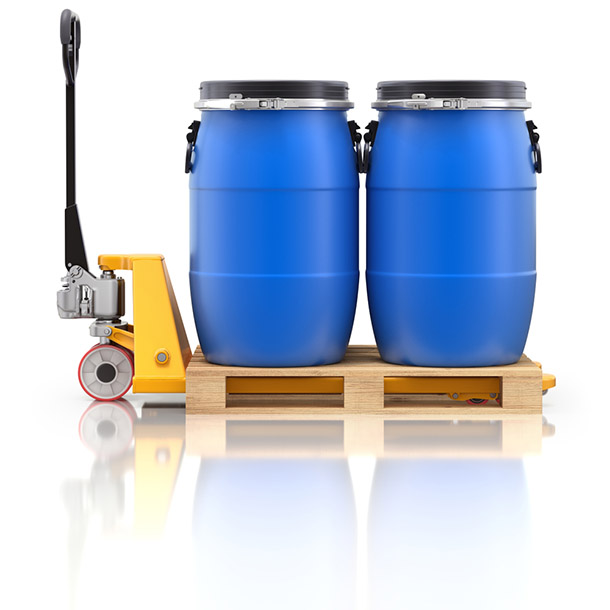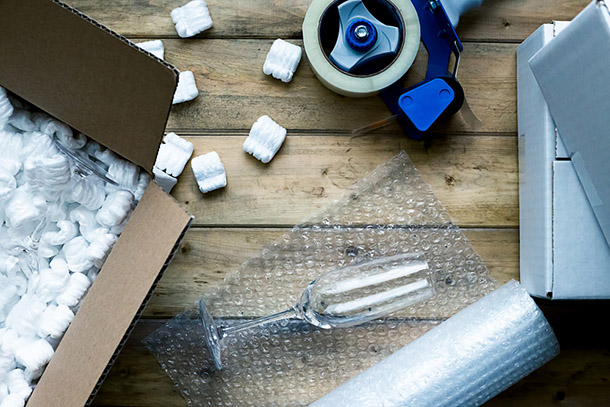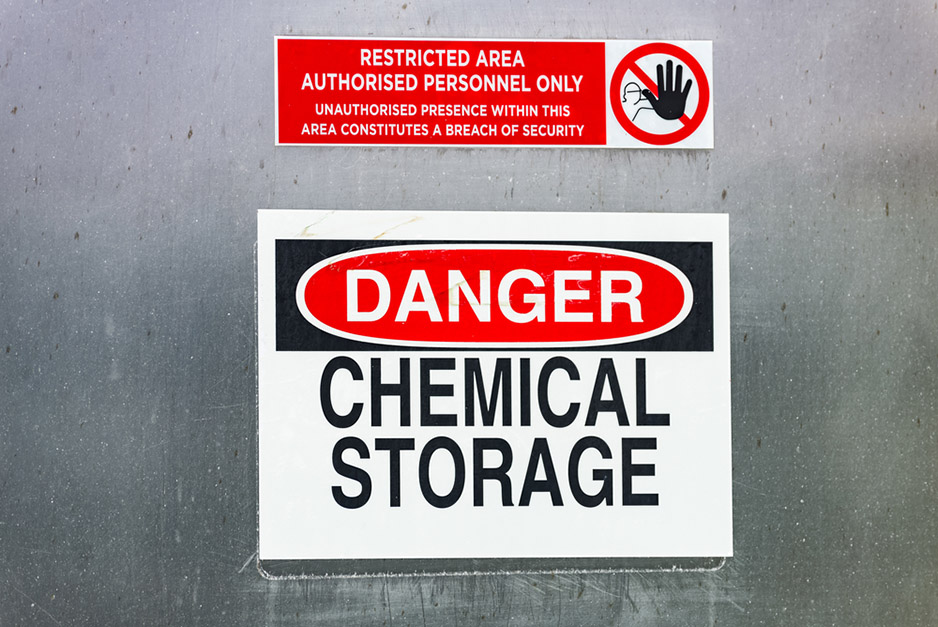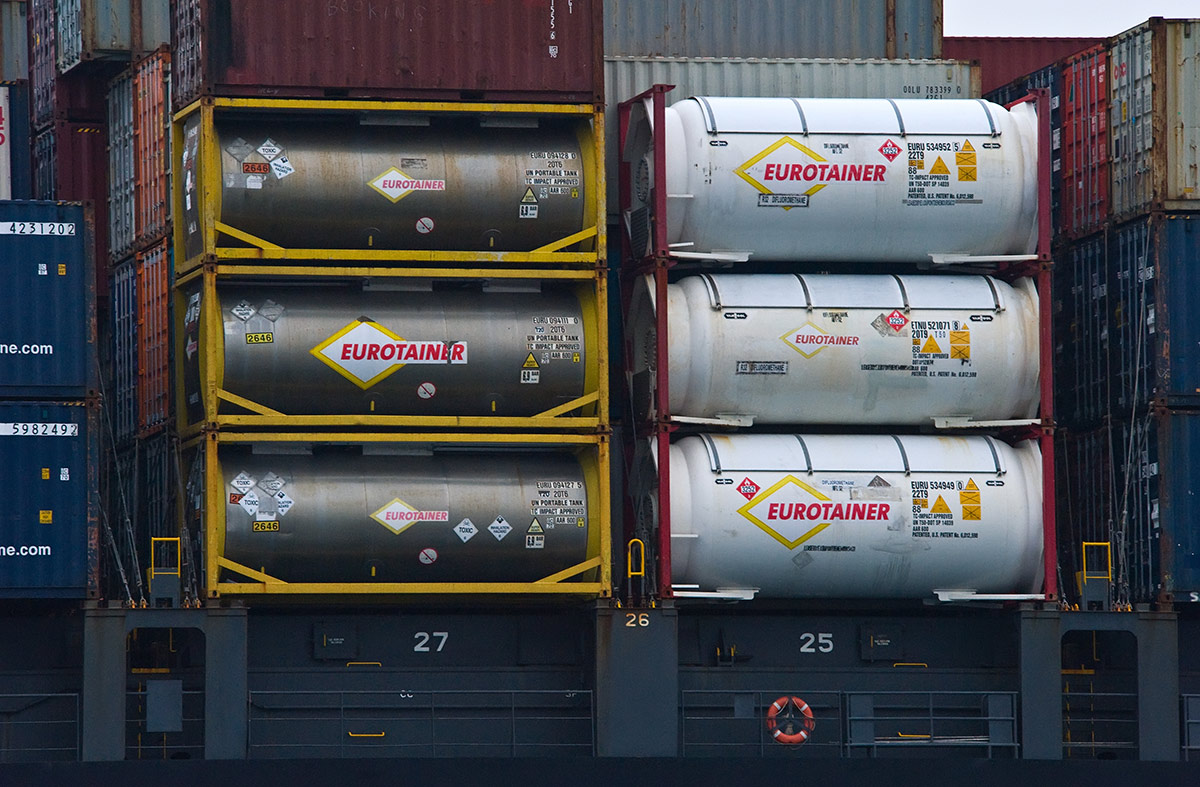The terms “cardboard” and “corrugated board” are frequently used interchangeably, but each actually refers to a different type of material. Furthermore, these two materials have substantially different properties and uses, making it important to know how to distinguish between them.
Air Sea Containers are the experts in corrugated board packaging, and today, we’re here to share our knowledge of this important topic. In this article, we’ll discuss the differences between cardboard boxes and corrugated boxes, including which ones are best for shipping certain types of cargo and how the properties of the different materials make them suited for different tasks.
What Is Cardboard?
Cardboard is a type of heavy paper stock. It’s notable for its thick and relatively sturdy consistency, which makes it a favorite for many different types of consumer packaging applications.
Many boxes are made from cardboard, such as the packaging of consumer goods like cereal and beauty products. However, the boxes that most people think of as cardboard boxes, such as the durable brown shipping boxes used to ship all kinds of different products, are actually made from corrugated board.
While cardboard has many advantages and is durable enough for most consumer applications, it’s usually not sufficiently tough for shipping items through the mail or via logistics services. Instead, most shippers use corrugated board for these purposes.
What Is Corrugated Board?
Corrugated board is a multi-layered material created from three layers of kraft paperboard, an extremely thick type of brown cardboard. The two outer layers are thick pieces called liner boards that form the main body of the box. The middle layer is a thinner, fluted piece of reinforced paper that creates air pockets.
The air pockets built into corrugated board give it excellent resistance to impacts and rough handling. Corrugated boxes are used by businesses all over the world to ship goods every day, and they’re among the most cost-effective options for ensuring that goods arrive at their destinations safely.
Corrugated board is also known for its versatility. Many different types of corrugated board are available, with varying strength ratings and thicknesses. And although corrugated board usually isn’t printed with complex, high-definition designs the way that cardboard often is, it’s still relatively easy to print on and can easily be customized using die cuts.

An example of a typical cardboard box.
Cardboard Boxes vs. Corrugated Boxes
As we’ve seen, despite the fact that the two terms are often confused, cardboard and corrugated board are very different materials. The question remains: Which is the better choice for your packaging application?
For consumer packaging, cardboard is usually a preferable option. Cardboard can be printed with a wide variety of colors and textures, and it’s lighter and more pleasant to the touch than corrugated board. And it is occasionally used for shipping, such as in the case of the thin, flat cardboard mailers in which documents are shipped.
However, for wholesale packaging and shipping, corrugated boxes are a far superior choice. Most importantly, they’re much tougher and more resilient, with greater strength. Corrugated boxes are far better for stacking since they can support the weight of other boxes on top of them, which allows them to be palletized.
Key Considerations for Cardboard and Corrugated Board
If you’ve chosen to use corrugated boxes for your shipping application, make sure to choose the appropriate grade and thickness of cardboard. Two different tests are used to assess the strength of cardboard: the Mullen Test (also known as the Burst Test) and the Edge Crush Test (ECT). Which one is appropriate will depend on your intended application. The Mullen Test is generally recommended for boxes that are shipped individually, while the ECT is superior for palletized goods. (See our guide to corrugated board ratings for more detailed information.)
Note that cardboard and corrugated board both share a vulnerability to moisture, so shippers may want to find alternative solutions in situations where cargo might become wet. Supplemental packaging materials such as plastic wrap can help protect cardboard and corrugated board from moisture, as can absorbent materials such as vermiculite.

A typical corrugated box.
Air Sea Containers is a leading provider of corrugated shipping box solutions. We offer custom corrugated boxes, both hazmat and non-hazmat, with short turnaround times, a wide range of designs and custom printing. For more information about our corrugated shipping boxes, call (866) 596-9448 or contact us online.











